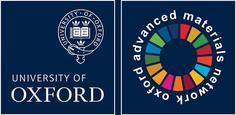Objective Bacterial biofilms represent a major challenge for effective antibiotic therapy as they confer physical and functional changes that protect bacteria from their surrounding environment. In this work, focused ultrasound in combination with cavitation nuclei was used to disrupt biofilms of S. aureus and P. aeruginosa, both of which are on the World Health Organization's priority list for new antimicrobial research.
Approach Single species biofilms were exposed to ultrasound (0.5 MHz center frequency, 0.5–1.5 MPa peak rarefactional pressure, 200 cycle pulses, 5 Hz repetition frequency, 30 s duration), in the presence of two different types of cavitation nuclei. Quantitative passive acoustic mapping (PAM) was used to monitor cavitation emissions during treatment using a calibrated linear array.
Main Results It was observed that the cumulative energy of acoustic emissions during treatment was positively correlated with biofilm disruption, with differences between bacterial species attributed to differences in biofilm morphology. PCaN provided increased biofilm reduction compared to microbubbles due in large part to their persistence over the duration of ultrasound exposure. There was also good correlation between the spatial distribution of cavitation as characterized by PAM and the extent of biofilm disruption observed with microscopy.
Significance Collectively, the results from this work indicate the potential broad applicability of cavitation for eliminating biofilms of priority pathogens and the opportunity presented by PAM for real-time monitoring of antimicrobial processes.
passive acoustic mapping
,microbubble
,biofilm
,solid cavitation nuclei




